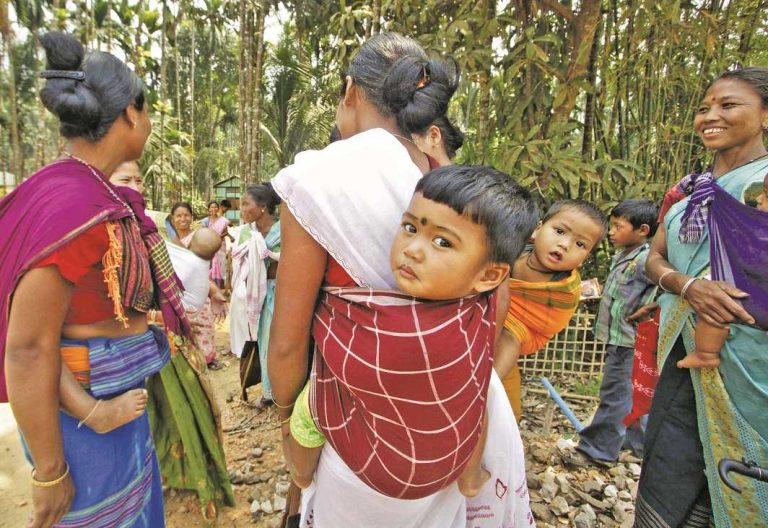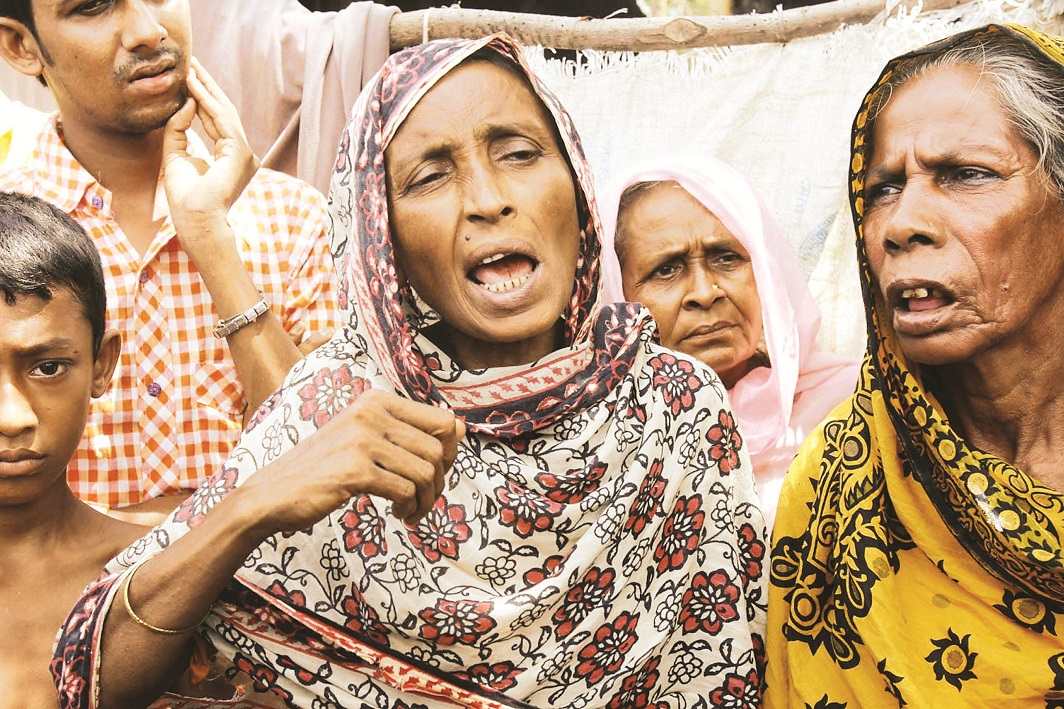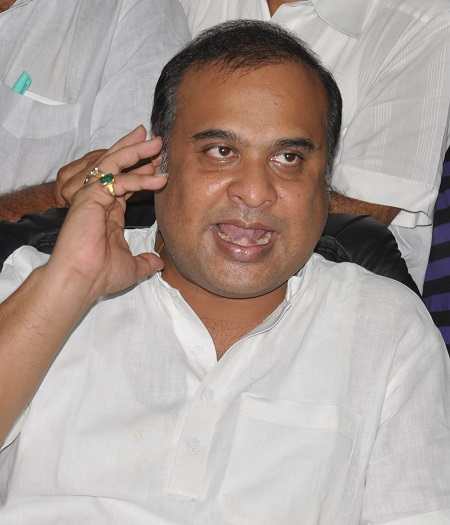
The state government’s attempt to curb the number of children its citizens can have is being seen as a move to reduce Bangladeshi settlers there. In the process, are fundamental rights getting violated?
~By Seema Guha
It is not surprising that the Assam government is considering a new population policy in the state. With the BJP voted to power in overwhelming numbers, it was to be expected that measures would be taken to curb the growth of the Muslim population. After all, the BJP’s election manifesto had promised to curb the explosive population growth of the so-called Bangladeshi settlers. Despite the fact that this kind of coercive measure has not succeeded anywhere in the world, the government is likely to soon make this a law. This policy plays to the xenophobia of the majority community, which feeds the fear of Assam being overrun by Bangladeshi immigrants.
The draft population policy announced by health minister Himanta Biswa Sarma has little regard for the fundamental rights of the citizens. The policy wants to ensure a two-child norm across the state. Those who do not abide by it will be denied government jobs. A government employee with a third child will be asked to resign. According to the draft the two-child norm has to be maintained till the employee retires.
That is not all. The policy extends to other services provided by the state. “For employment generation schemes like giving tractors, offering homes and other government benefits, this norm will be applicable. All elections, such as to panchayats, municipal bodies and autonomous councils held under the state election commission, will have this norm for candidates,” Sarma said at a news conference in Guwahati. “While the state’s population rose by 46 lakh from 2.66 crore in 2001 to 3.12 crore in 2011, a preliminary analysis has shown that it has increased by one crore between 2001 and 2017. This increase is unacceptable,” he told reporters. He said the government will work with NGOs, parliamentarians and the media to send the message across. There is also a proposal to set up a State Population Council and a State Population Research Centre.

Sarma, who also holds the education portfolio, has laced this with a progressive agenda of free education for the girl child up to the university level and reservation for women in government jobs. Ironically, the same minister, once a leading member of the Congress party, had made thundering speeches criticising the BJP’s communal agenda. But the BJP and Sarma have missed the point that the best way to tackle population issues is through spreading awareness and education in areas inhabited by the alleged immigrants from Bangladesh.
Haider Hussain, a political analyst from Guwahati, told India Legal: “Education makes a great difference, whether for Hindus or Muslims. In a college in Barpeta district run by Muslims, most of those who have got their degrees have two children. Barpeta district in lower Assam is seen by the Assamese as an area where Muslims dominate and produce many babies. Education would have been a better way to arrive at the same results.”
Dhiren Bezbarooah, an Assamese intellectual and former editor of The Sentinel, a leading English daily from Guwahati, had mixed feelings about the new draft policy. He is against coercion but admits that something needs to be done about the population growth of a “particular” community. This rise in the population of a “particular community’’ is what he and the rest of the Assamese urban middle class are afraid of. “I am inclined to believe that something has to be done… some corrective measures brought in to control the growth of one section of people in Assam. We fear that Assam’s demography will soon change and the local Assamese will become a minority,’’ Bezbarooah said. “So in a way, I do support the move, though there should be no coercion,’’ he added.

Many Assamese believe that there is an international conspiracy to turn the state into India’s second Muslim majority state after Kashmir. Much of the fear is highly exaggerated and the RSS-BJP combine as well as the Asom Gana Parishad stoke these fears. In the late 1970s and early 80s, Assam had a massive movement against Bangladeshi nationals entering the state illegally. Students, housewives and the masses took part in the campaign to get the illegal migrants out of the voters’ list. They alleged that the Congress Party had encouraged their entry, promising to protect them in return for votes.
The first Bengali Muslims were brought into Assam by the British. They wanted to clear the malaria-infected plains of Assam and settle Bengali speakers there as they were extremely hard-working. Their hard work turned Assam into a rich agricultural land. But few remember all this. The resentment against these settlers has remained. This was largely due to the fact that they were much more given to hard labour and gradually bought up agricultural land owned by indolent Assamese peasants. Even today, though illegal migrants from Bangladesh are a trickle, the Assamese continue to see such a person behind every Bengali-speaking settler in the Brahmaputra plains.
Yet, despite rampant anti-Muslim sentiment in Assam, the situation is nowhere like in North India. There are no vigilante groups scouting around for Muslims and Dalits transporting buffaloes. According to Hussain, beef is openly sold in the markets of interior Nowgong and Barpeta district, mainly Muslim areas. There are reports that local Muslim youth broke down outlets where beef portions were hung out for sale. “They advised the owners not to go against the prevailing mood of the majority community and stop displaying their wares openly,’’ Hussain said.
He said that the move in Assam was more against so-called illegal migrants living in the “char’’ areas (sandy islets formed on the banks of the Brahmaputra.) These are areas given the go-by by the local population due to the tough conditions there. But Bengali Muslims cultivate vegetables here and make a good living. “Muslims in urban areas still form a part of the cultural life of Assam. During the recent Bihu celebrations, some prominent Muslims were part of the organising committee in several areas in Guwahati,’’ said Hussain. But this is unlikely to be followed in rural Assam where Hindus and Muslims do not live side by side.
The divide is obviously very clear.

